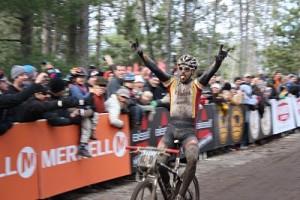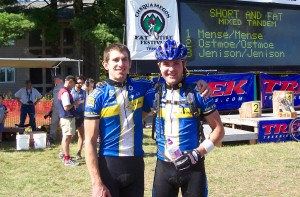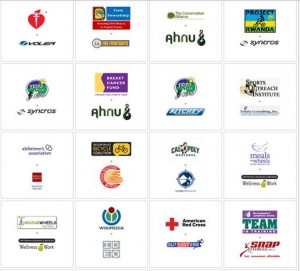Race Preparation
You have likely started the race season and many of you are in the heart of the road or mountain bike calendar. Some of you might even be just weeks away from your most important event of the year. So we thought it would be a good idea to give up a few of our favorite tips on race preparation.
Race preparation doesn’t start Sunday morning when you wake up and pack your race bag. Race preparation doesn’t start Saturday night when you decide to eat pasta for Sunday’s main event. Race preparation goes all the way back to the beginning of the season when you first laid out you goals. The daily training rides, all the hard work, and all the sacrifices are the beginnings of the preparation. Following those training plans and knowing you’ve done everything in your power is what brings you the mental confidence heading into the week before your race.
As you get closer to the event you can start to be more specific. One week away from the event you need to start going through the checklist in your head. If you can’t keep it straight in your head, it’s a good idea to write it down. Everybody has a slightly different checklist, and part of being prepared is having your own. Is my bike working? Have I done my research on the race course? What time does the race start? Is my hotel reservation confirmed?
Two or three days away from the event I fine tune it just a little more. I’ll be riding my race bike making sure it’s dialed and making sure my body is used to the geometry. It’s key to preventing injury if you do all your training on one bike, but are racing on a different. I start thinking about hydration, food intake, and start thinking about the race course. I like to visualize the race course during my last few rides before the race. I take a little time to come up with a plan of attack for the race itself.
The night before the race I like to pack my bags early and have a relaxing evening. If everything is done right the morning of the race can be very relaxing and low stress. You’re now ready to go! Just don’t forget that post race recovery drink because next week’s race prep starts just as soon as you cross the finish line.
-Brian



